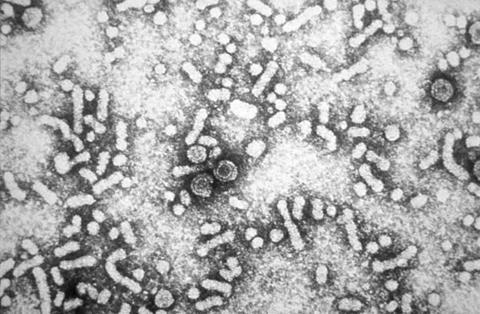After 3 years (144 weeks) of double-blind treatment in Chinese chronic hepatitis B patients in two ongoing phase 3 studies, tenofovir alafenamide (TAF) showed similar efficacy to tenofovir disoproxil fumarate (TDF), with improved renal and bone safety.

In this study, published in Journal of Clinical and Translational Hepatology, the authors aimed to report the 5-year results from 2 years into the open-label TAF treatment phase.
All participants completing the 144-week double-blind treatment were eligible to receive open-label TAF 25 mg once daily up to week 384. Serial analysis of viral suppression (hepatitis B virus DNA <29 IU/mL), alanine aminotransferase normalization, serological responses, and safety outcomes at year 5 (week 240) was performed.
Results of trial
The open-label phase included 93% (311/334) of the enrolled participants, which included 212 who switched from double-blind TAF to open-label TAF (TAF-TAF) and 99 who switched from double-blind TDF to open-label TAF (TDF-TAF). Baseline characteristics were comparable.
Week 240 viral suppression rates were similar between groups [93.4% vs. 93.9%; difference: −1.5%, (95% CI: −6.4 to −3.5), p=0.857]. Alanine aminotransferase normalization and serological response rates were higher in the TAF-TAF group than in the TDF-TAF group.
The frequencies of adverse events and laboratory abnormalities were low and similar between groups. Both groups had similar small numerical declines from baseline in estimated glomerular filtration rate at year 5 (week 240, −2.85 mL/min vs. −3.29 mL/min, p=0.910). The greater declines in renal and bone parameters in the TDF-TAF group through week 144 improved after switching to TAF.
The authors say 5-year TAF treatment efficacy was high and similar to that of 3-year TDF followed by 2-year TAF in Chinese chronic hepatitis B patients. Favorable effects on bone and renal parameters were sustained with TAF treatment alone and were observed following the switch from TDF to TAF.







No comments yet